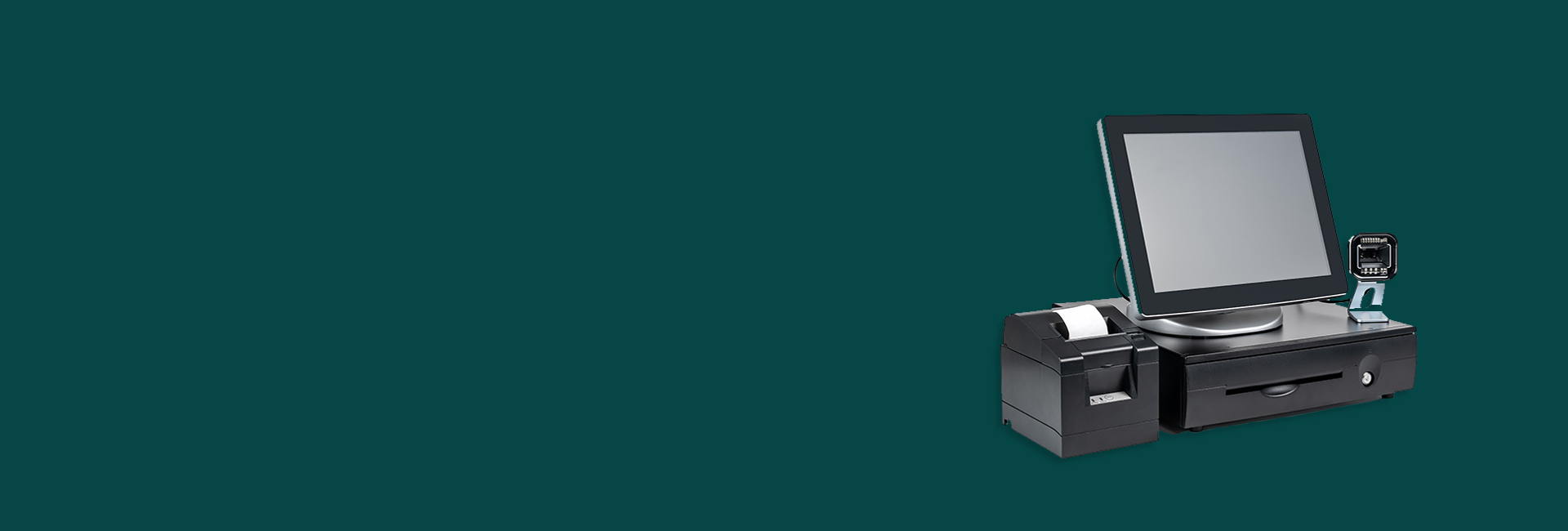Minimum demand charges are in place to recover the costs associated with maintaining infrastructure and capacity, even when your usage drops temporarily. For business customers, the method used to calculate demand charges depends on the rate schedule assigned to each account.
For example, for accounts with demand under 100 kW, the demand charge is based on the highest 15-minute demand interval during the billing period. For accounts with demand equal to or greater than 100 kW, the calculation method is more complex and includes other factors such a minimum demand calculation and power factor adjustments.
To better understand demand for accounts over 100 kW, please refer to the Utilities Rules and Regulations and Electric Tariffs or contact your account manager for details specific to your account.

